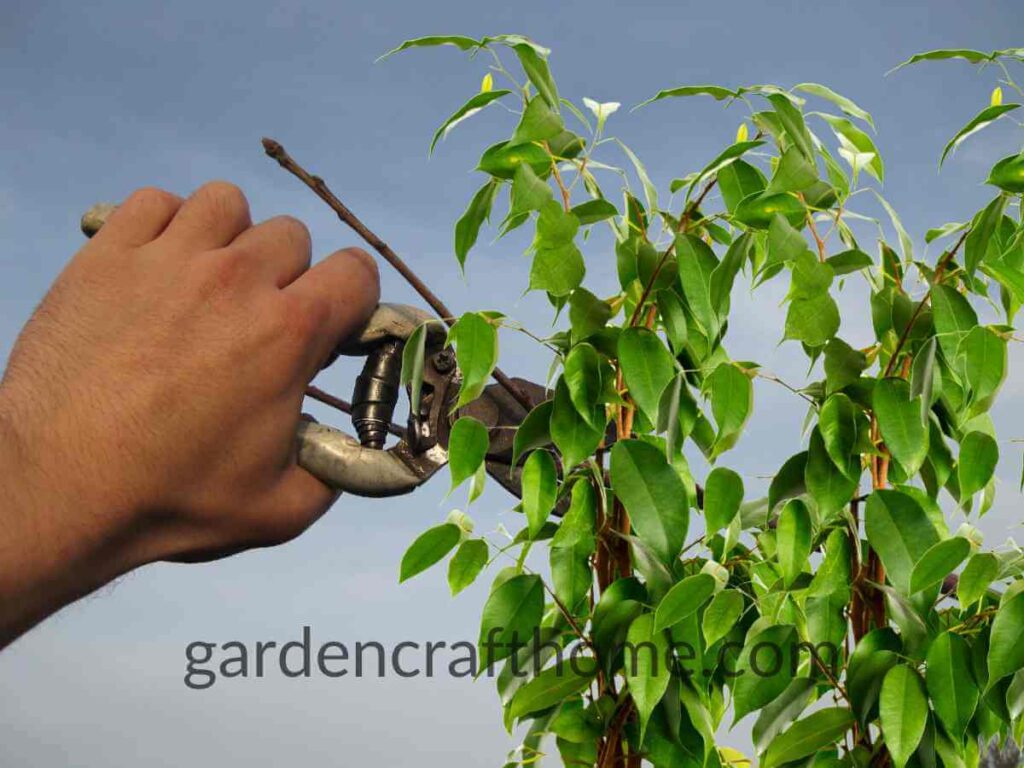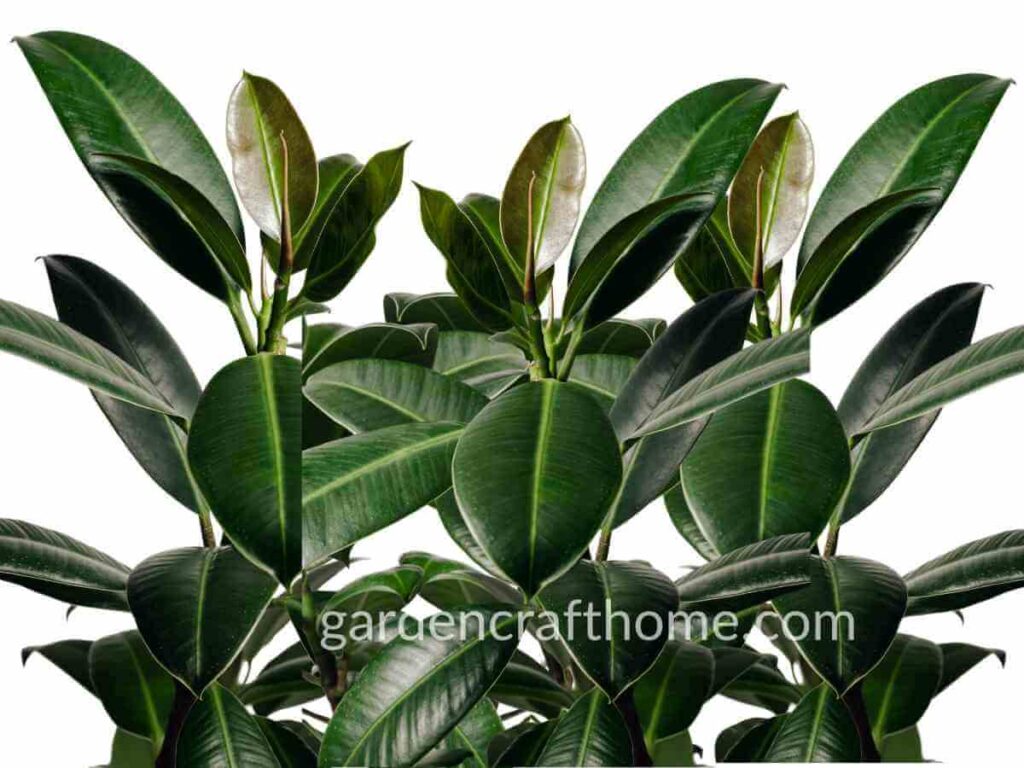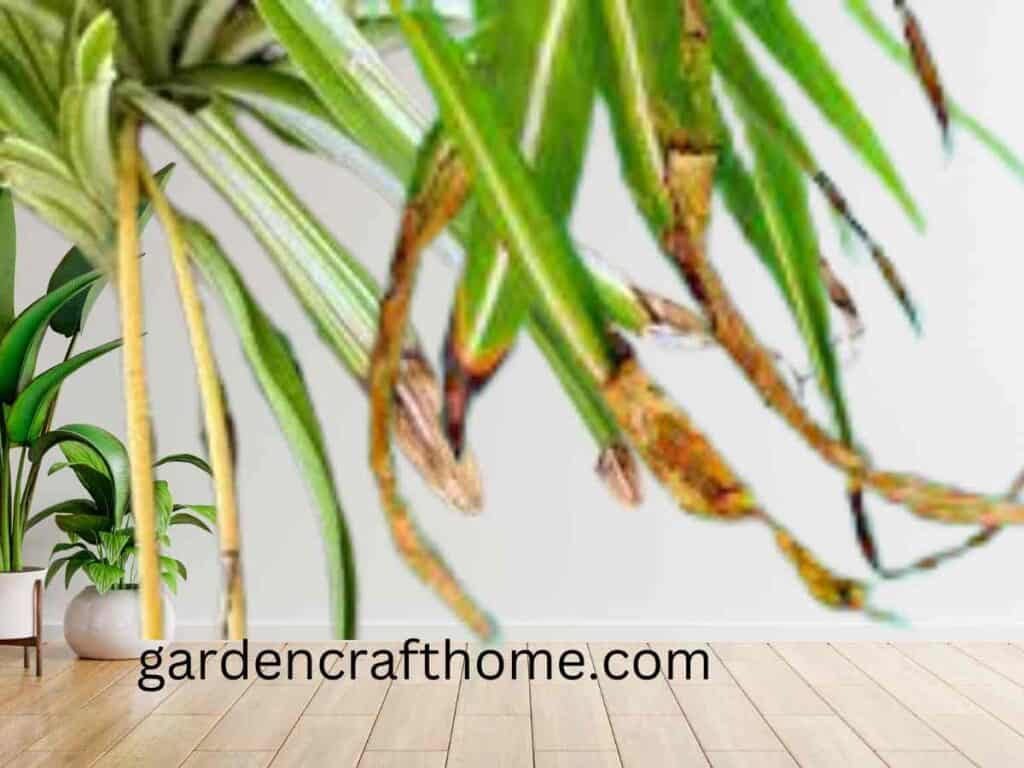Making a quality substrate for terrarium is the first step to successfully maintaining a glass terrarium.
In this guide, I will explain how to stratify the substrate and make good soil for a closed (wet) terrarium to simplify and make this splendid hobby more satisfying.
Click here to learn how to care for and maintain a glass terrarium.
How To Layer Substrate For Terrarium
Since the pots in which the terrariums are made do not have drainage holes, it is essential to create layers that allow the water not to stagnate inside the substrate, causing everything to rot.
Starting from the bottom, the stratification is divided into:
Draining bottom: This layer significantly improves aeration and prevents excess water from being absorbed by the substrate, leading to saturation and creating an anaerobic environment that causes the roots to rot.
We can see this layer as a lifeline in case we get too wet; it shouldn’t be flooded with water anyway, but it helps if this happens by mistake.
Net: A fine mesh net isolates the draining bottom and prevents the substrate from ending inside.
Layer of activated carbon (optional): The activated carbon helps fight any fungal spores inside the terrarium and absorbs excess water, preventing them from remaining in the soil’s crevices.
You can spread a thin layer to cover the mesh or mix it directly into the substrate.
Substrate: substrate is the most significant component; the substrate is also the environment in which our roots develop.
For plants to flourish, they need to be airy and light so that they do not get soggy and smother the roots under the weight of the water.
To be clear, the humidity level should equal that of a sponge after being wrung out.
The draining base can be made of expanded clay, pebbles, pumice, medium- or large-sized lapillus, or any other inorganic material that creates large spaces between one grain and another.
Once you have acquired some experience with watering, this layer can be avoided, perhaps in the case of small terrariums where space needs to be saved.
Learn when and how to water the terrarium and what water to use. READ NOW [link]
What Soil Should I Use For The Terrarium?
The terrarium soil (or substrate) must comprise approximately ½ fine matrix with good water retention and ½ coarse, draining matrix.
This leaves us with a wide choice of materials to compose the mix.
You start from the most basic, such as 50% peat-based soil and 50% perlite, and move up to the more complex ones.
Some draining substrates are:
- Bark fine
- Volcanic lapillus
- Akadama
- Pumice
- Seramis
- Pon
- Sand
- Pearlite
Substrates with good water retention are:
- Coconut fibre
- Sphagnum moss
- Universal soil
- Peats
I’m not fond of peat because it retains too much water, shrinks when it dries until it becomes compact, and doesn’t allow good ventilation.
I much prefer coconut fiber (coco coir), even if it lacks nutritional elements and cannot be used as a substrate.
It should be amended with earthworm humus to provide nutrients. If this is not done, the plants quickly enter a nutritional deficiency, lose vigor, and turn yellow.
On the other hand, Perlite is excellent from a physical standpoint (very airy). Still, I find that it ruins the aesthetic aspect of the composition a bit.
Fertilization must also be considered for healthy plant development.
Some argue that it is better not to include fertilizer in the substrate to prevent the plants from growing too quickly and colonizing the terrarium.
I prefer to fertilize (in moderation) by adding about 1/4 of earthworm humus to the set-up substrate.
The plants remain more vigorous and bushy, with beautiful green leaves. Growth also speeds up, but it is enough to resort to occasional pruning.
Also, check out How to Care for Anthurium
My Recipe For An Excellent Terrarium Substrate
After various experiments, I ended up finding a good balance between water retention, drainage, and airiness by mixing different elements, such as:
Coco coir, volcanic lapillus, akadama, sphagnum moss, and earthworm humus
This is how my ideal terrarium substrate is made up:
- Part 1 of coconut fiber
- 2 parts earthworm humus (slow-release natural fertilizer)
- 1 part Akadama
- 1 part fine volcanic lapillus (alternatively seramis or pumice)
- 1 piece of finely shredded sphagnum moss
I love using different substrates, but if I had to limit myself to three easy-to-find materials, I would use:
Coconut fiber, earthworm humus, and volcanic lapillus are in equal parts.
To obtain a similar but 100% organic mix, the volcanic lapillus can be replaced with fine-sized bark.
Coconut Fibre

Coconut fiber comprises the fibrous pith surrounding the nut and is obtained from coconut waste products.
We left it to dry and then chopped it until it reached a substrate aesthetically similar to peat.
Compared to the latter, coco coir is more airy and absorbs abundant water without remaining soaked.
Sphagnum Moss
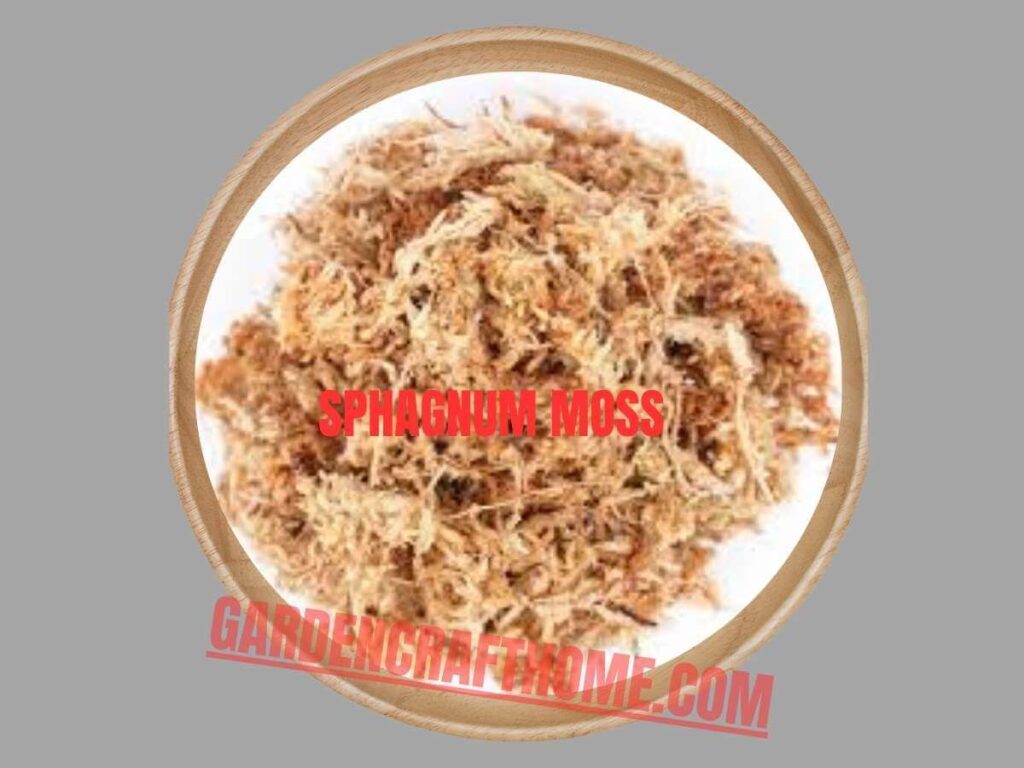
A particular type of moss with an elongated structure inside a terrarium mix helps to increase water retention, acidify the pH, and help plants develop a good root system.
In addition to this, it has natural antifungal properties and is devoid of nutritional elements.
Before using it, moisten and cut it into very small pieces; this will help you mix it evenly without creating too many humid areas or air pockets.
If interested, click here. Learn how to clean terrarium glass, inside and out.
Pine Bark
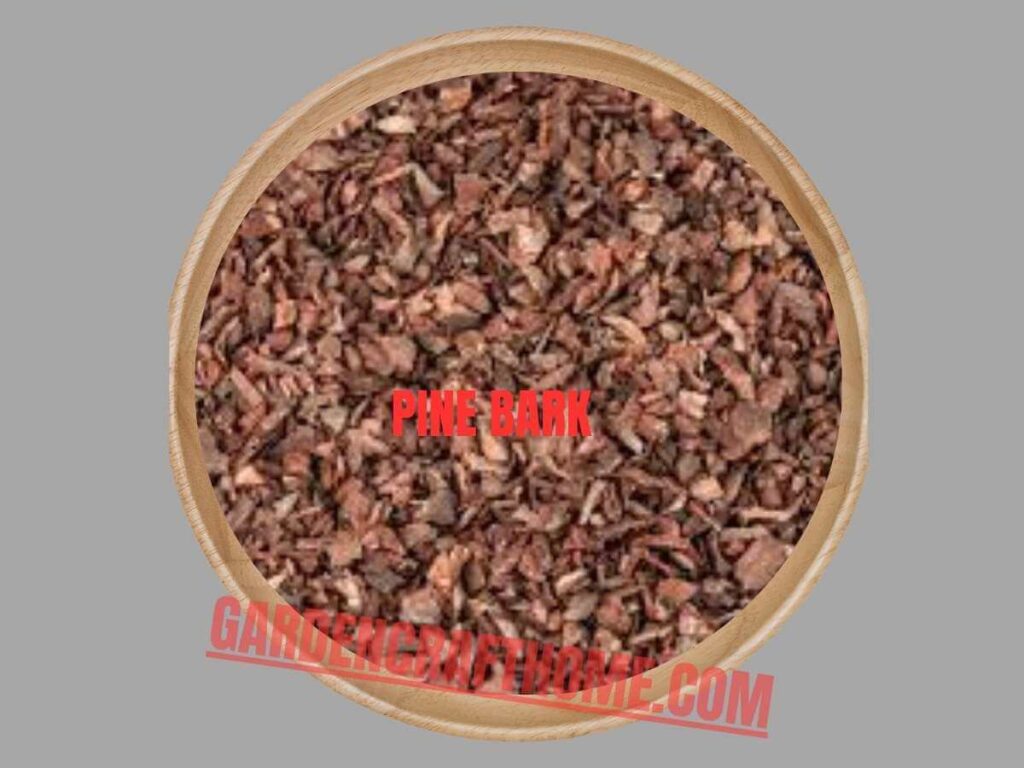
Very widespread in the cultivation of orchids, pine bark (called bark) is a very draining substrate. Still, it can retain a fair amount of water inside it, which it gradually releases.
It can be found on the market in various sizes. However, the one I prefer for use in terrariums is certainly the fine one unless you want to use it as a decoration on the surface.
Earthworm Humus
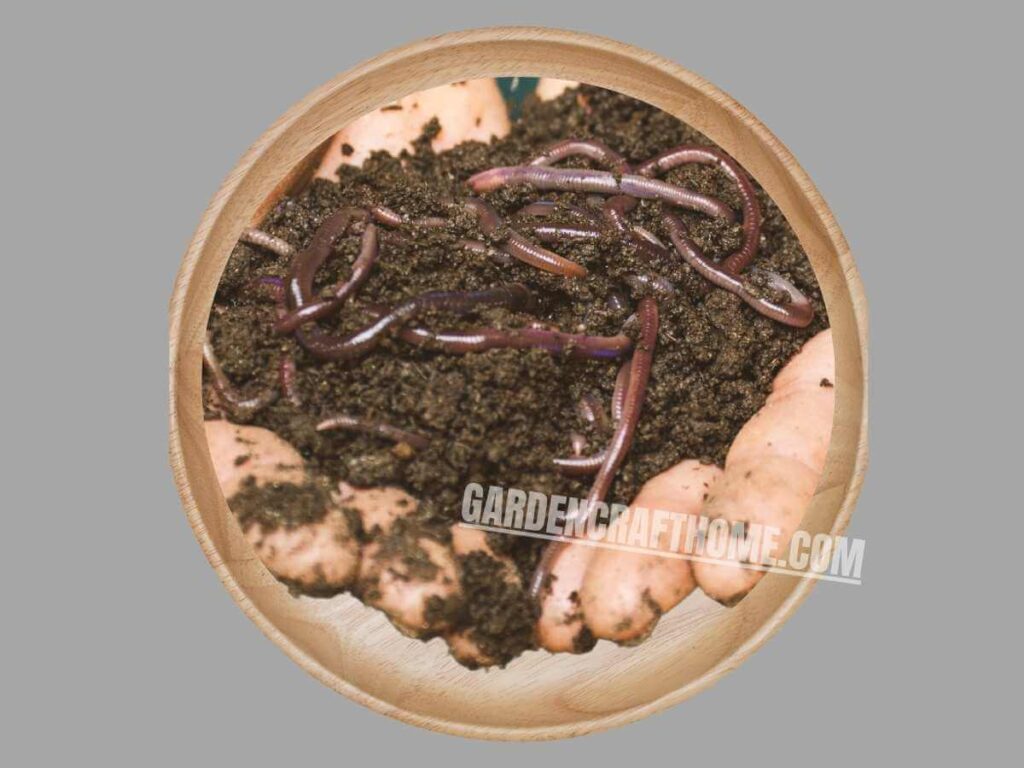
Earthworms convert compost into organic fertilizer called earthworm humus.
As a consequence of the fact that all of the other components of the substrate are devoid of (or essentially free of) nutritious components, it is the component of the substrate that includes nutrients.
I strongly advise using earthworm humus as fertilizer, not garden compost.
Garden compost is often full of fungal spores, parasite eggs, or parts that have not yet decomposed, which can cause more harm than good inside a closed terrarium.
Volcanic Lapillus

Volcanic lapillus is an excellent material for composing the substrate of a terrarium; it has good water retention while remaining draining at the same time.
It is excellent for letting the roots breathe and preventing the soil from compacting.
Its internal structure is very porous, which allows it to retain water while letting excess slide away.
To this, I add that it is aesthetically very beautiful and natural-looking.
The grain size I prefer is 3–5 mm. It should be washed well before use. I leave it to soak for a few days, changing the water at least a few times.
Akadama
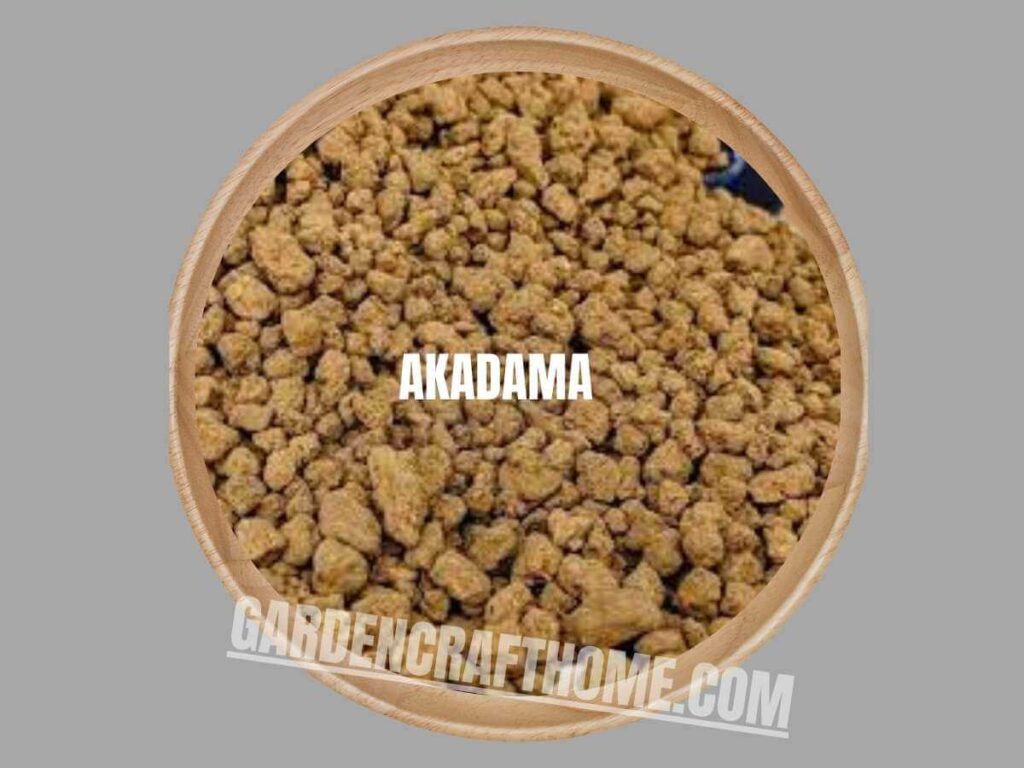
Akadama is a volcanic clay that is the primary component of most bonsai mixtures.
The substrate’s oxygenation increases as a result of its superior discharge and water-retention qualities.
Akadama belongs to the inert substrates and is, therefore, devoid of nutritional elements. The size I prefer is the medium one.
Seramis

As a substrate from cooking clay at high temperatures, its light and porous structure can absorb water, allowing the excess to drain.
Its production follows the same process as expanded clay. Still, it results in a substrate holding more water and capillary.
Pumice
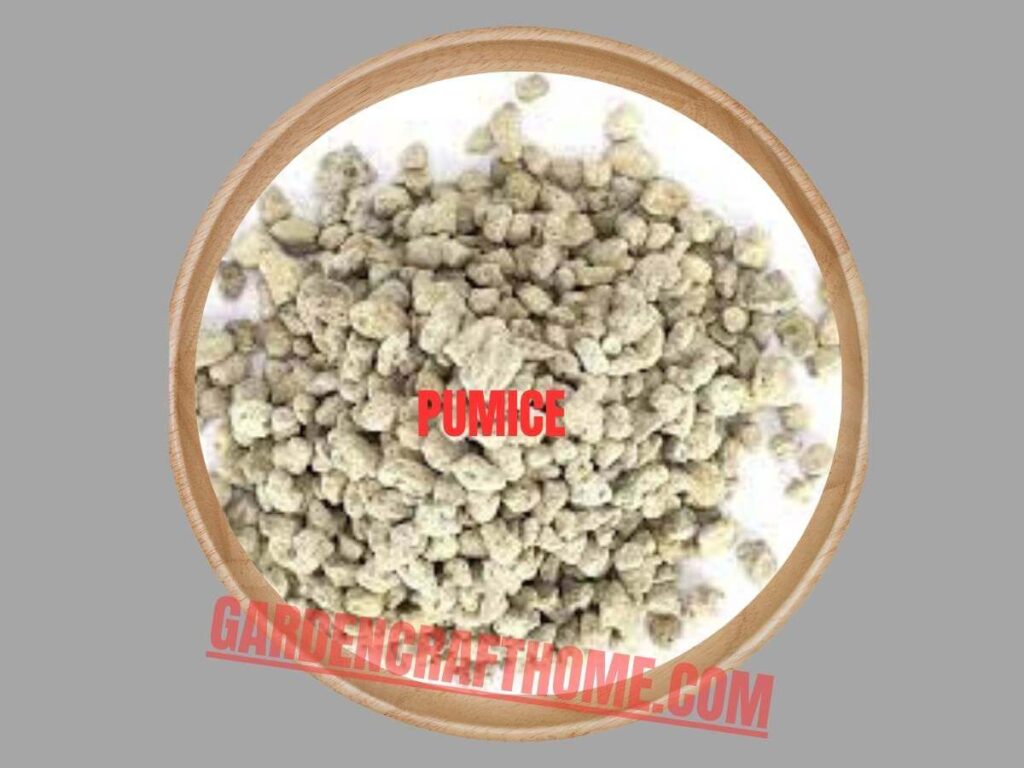
Pumice is a magmatic rock that is formed through explosive eruptions.
It has a high porosity, greater than the substrates mentioned above, so much so that it retains less water inside it to the advantage of air.
A substrate that uses pumice as a draining matrix dries sooner than one with volcanic lapillus or seramis of the same size.
There are different sizes on the market; the one I prefer is quite fine, around 3-5 mm.
Substrate For Terrarium Conclusion
I hope this guide has clarified your ideas on how to make good soil for your terrarium.
And, above all, how to create different levels so that the substrate remains healthy, draining, and well-oxygenated.
Perhaps the recipe I mentioned may seem a little elaborate; I am very happy with it, but it can still be simplified and reduced to three simple materials easily available online.
Nothing prevents you from being able to use different ones; the important thing is to understand the role they have in the mix.


